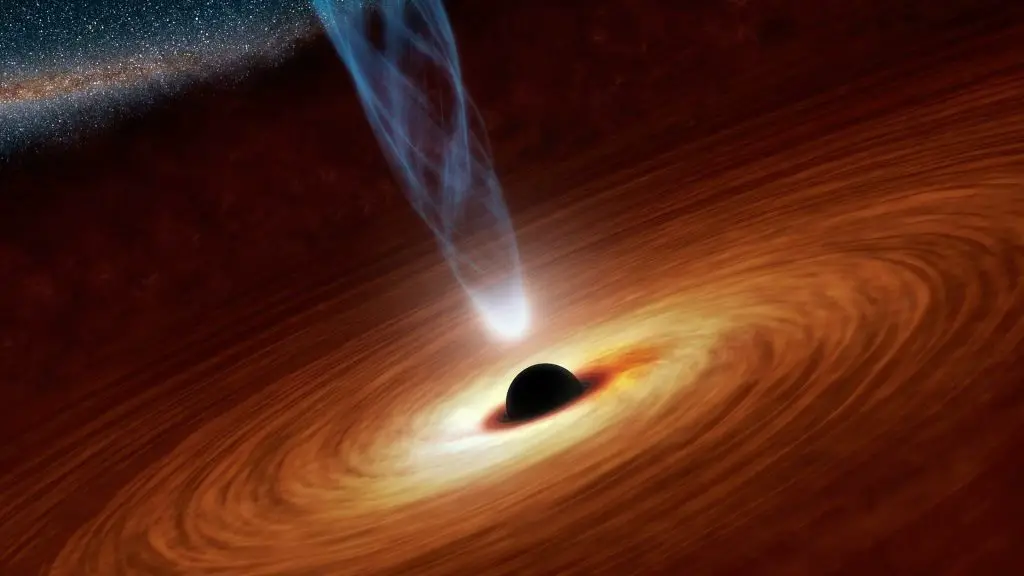Our desire to advance space exploration and travel outside the solar system might be closer than you could ever imagine. A press statement released by Interesting Engineering reveals that UK-based rocket company Pulsar Fusion has received funding from the UK Space Agency to assist it in building “integrated nuclear fission-based power systems for electric propulsion.” The company focuses its goal on the development of both nuclear fission and fusion rocket engines.
Despite having these two fascinating technologies as its primary goal, Pulsar Fusion is focusing more on Fusion technology for its longer-term goal. This is because the technology needed to tap into nuclear fusion on Earth is still in the development stage, implying that it is not currently available for use.
Pulsar Fusion is looking forward to partnering with the Universities of Cambridge, Southampton, and Nuclear AMRC to possibly succeed in building green rocket technology in the form of nuclear propulsion. This collaboration will enable the firm to work with the best experts in nuclear technology and move closer to recording greater success in the future.
How Pulsar Fusion will Harness Nuclear Fusion to build Hyper-speed rockets
Pulsar Fusion is researching nuclear fusion to see the possibilities of developing hyper-speed rocket technology powered by fusion. Keep in mind that the Sun and other Stars use nuclear fusion to generate an excessive amount of energy over time. If Pulsar Fusion can figure out how to effectively use this method to power a rocket, we could travel out of the solar system and reach interstellar space in our lifetime.
To further explain its common goal to humanity, Pulsar Fusion released a press statement with the following inspiring words. “While nuclear fusion may be the answer to the energy crisis it is also the answer to in-orbit satellite management, in addition to deep space exploration. [Pulsar] believes the only way the human race can ever leave the solar system in a lifetime is with fusion propulsion.”
The idea of harnessing nuclear technology has already been in existence for years. Many scientists and experts in nuclear technology have been researching how to tap into nuclear fusion and use it to generate abundant energy on Earth. Despite all the efforts made so far, we are yet to perfect invention technologies that will enable us to properly harness nuclear fusion.
While Pulsar Fusion is anticipating a great future of reaching outside the Solar system with its rocket technology, the company may still have to hold on to its goal until we can properly harness nuclear fusion in the future. However, the company doesn’t want to wait for anyone else to do the job for its ambition. Hence, Pulsar Fusion is collaborating with experts to pursue the goal of inventing advanced nuclear fusion technologies.
Currently, the firm relies on building a series of other rocket engines including the largest and most sophisticated electric spacecraft engine in Europe. This European most powerful rocket was independently tested by experts at the Universe of Southampton last year through a government-funded program.
What the Most Powerful Electric Propulsion Engine in Europe is made of
Pulsar Fusion became more popular after it successfully manufactured the most powerful electric propulsion engine in Europe. The company built the green hybrid rocket engine to burn nitrous oxide (N2O) oxidizer, oxygen, and high-density polyethylene (HDPE) fuel. It has a control valve that passes the liquid oxidized under a regulated pressure to a combustion chamber.
Pulsar Fusion performed several tests on this electric propulsion engine at the Cranfield Ordnance Test and Evaluation Centre (COTEC) in November 2021. The outcome of the test was recorded as a tremendous success.
“Pulsar has built and tested the most powerful electric propulsion engines in Europe,” Dr. James Lambert, Head of Operations at Pulsar, explained. “Combining this part of our propulsion portfolio with nuclear fission reactor technology is perfectly suited to the company’s skillsets and I am delighted that this has been recognized by the UKSA. The project will help us to build relationships and gather important data that will contribute towards our longer-term ambitions for nuclear fusion propulsion.”
What’s Next for Pulsar Fusion?
Pulsar Fusion has successfully reached a great milestone in building fascinating technologies that will advance space exploration in the future. The UK government is quite impressed with the effort made by the company. Hence, the government through its space agency has continued to support Pulsar Fusion to ensure that the company reaches its potential in the near future.
In September 2021, the UK government-funded Pulsar Fusion project on building the Mach-7 Hall Effect Thruster, or HET which are plasma satellite engine with the capability of traveling 20-kilometer-per-second. The firm hopes to commence with the orbiter test on its engines in a few years to come. As for the Nuclear Fusion rocket, the company has earlier stated that it hopes to build a prototype by 2025.
Based on the effort made so far, Pulsar fusion recently stated that it can accomplish the development of fusion-based infrastructure and propulsion systems needed for the nuclear fusion rocket in less than four years. If the company eventually attains such a milestone, we should expect a game-changer rocket with the potential to travel outside the solar system in the next decade.
Conclusion
Nuclear fusion rockets will surely revolutionize the way we explore space and reach distant space worlds. If Pulsar Fusion will succeed in its future ambition before the end of this decade, we should be expecting a rocket with the potential of taking us outside the solar system in the near future. The future of space exploration is truly getting interesting as days go by. What do you think about using nuclear-powered rockets to escape the solar system?




